49 1/2 Shades of Butter
March 20, 2015
49 ½ Shades of Butter
A few days ago, I was musing with a couple of food writers’ friends about the success of 50 Shades of Grey and wondered how such work could be so successful. Jokingly, I told them, “Maybe I should write a book about 50 Shades of Butter.” They smiled and agreed that might be a good idea but probably would never be as successful as Grey since it would not have sex in it. Really? Since I could not find 50 shades of butter, I settled on 49 ½. Here’s my attempt at educating you on the benefits of butter and amuse you in the process. Chef Alain.
Why are there different shades of butter?
The paler the butter, the more likely it would be coming from industrial dairy factories using cream from factory farms or CAFO (Concentrated Animal Feeding Operation) or concentration camps for those poor cows. They have limited living space, are fed genetically engineered grains (GMOs) take make them sick (infected pus may get into the milk/cream used to make butter) instead of green grass. They are also pumped with antibiotics and bovine growth hormones designed to make them “grow” faster. Do you really want your family to eat that kind of butter? The yellower it is, the more likely it comes from organic or grass-fed happy cows.
White to light cream color butter
That would be your average butter found in your average grocery store, from Shure Fine to the best-known Land-O-Lakes. Of course there are many other regular butter brands out there.
Mild cream color butter
This butter quality is one step up from regular butter. Typically, the cows are better treated, and can get access to open air (but not necessarily to fields of green grass). They are fed organic grains which, although better, are still grains which cows do not digest well and can make them sick. The best-known brand would be Organic Valley, a co-op of family-owned farms raising their cows in a humane way produced at a central location with higher general quality standards.
Bright cream color butter
This butter is almost on top of the butter heap. Although it is not certified organic because it comes from Ireland, Kerrygold butter is also using the co-op system by gathering milk and cream from small farms with an average of 60 cows that guarantee their cows grow to eat 90% of their feed as green grass. See caution note below. Another great choice would be Anchor Butter if you can find it.
A note of caution about Kerrygold butter
Until recently, Kerrygold was my go-to grass-fed butter. First off, Kerrygold is not raw, it is pasteurized but still the best quality available in non-raw butter. But I have learned that although Kerrygold cows are still eating 90% of their food as green grass, during winter when they cannot get out of their barn, the 10% balance of their diet is silage (dried and cured grass) and 3% grains such as wheat and barley as well as some genetically engineered soy and corn. If you are highly allergic to wheat, barley, soy or corn, you should be aware of that issue.
On the other hand, Kerrygold has promised to eliminate all GE grains from their feed as soon as possible. Their website states, “We can confirm that Kerrygold butter and cheese do not contain GM ingredients.” Stay updated. Until they update their feed policy, I will look for a better local source of raw butter.
Beurre de Ferme. Raw Farm Butter
This is the highest quality you can find… if you have access to a dairy farm near you. Even though my grandparents could not afford to keep a cow for milk and butter, we could find it daily at the local farmer’s market. You need to know that my grandparents lived in the milk-producing region of France, Normandie, kind of like Wisconsin here. We could buy a mound of freshly churned deep yellow butter with a hint of sea salt (used as a natural preservative). It tasted almost like grass.
Why is raw fresh butter actually good for you?
Why do I suggest you eat raw or organic butter? Take a look at the long list of the benefits you receive when you include it in your diet:
– Butter is rich in the most easily absorbable form of Vitamin A necessary for thyroid and adrenal health.
– It contains lauric acid, important in treating fungal infections and candida.
– It contains lecithin, essential for cholesterol metabolism.
– It contains anti-oxidants that protect against free radical damage.
– Food coming from grass fed cows contains CLA (conjugated linolenic acid), a healthy fat that has shown anticancer properties, is a muscle builder and boosts immunity.
– It has anti-oxidants that protect against weakening arteries.
– It is a great source of Vitamins E and K.
– It is a very rich source of the vital mineral selenium.
– Saturated fats in butter have strong anti-tumor and anti-cancer properties.
– Vitamin D found in butter is essential to the absorption of calcium.
– It protects against tooth decay.
– It is your only source of an anti-stiffness factor (30% omega-3 fatty acids in grass-fed products), which protects against calcification of the joints.
– Anti-stiffness factor in butter also prevents hardening of the arteries, cataracts, and calcification of the pineal gland.
– It is a source of Activator X, which helps your body absorb minerals.
– It is a source of iodine in a highly absorbable form.
– It may promote fertility in women.
– It is a source of quick energy, and is not stored in our bodies’ adipose tissue.
– The cholesterol found in butterfat is essential to children’s brain and nervous system development.
– It contains Arachidonic Acid (AA) which plays a role in brain function and is a vital component of cell membranes.
– It protects against gastrointestinal infections in the very young and the elderly.
Why Raw or Grass-fed Butter is Best?
Believe me this is only a partial list. The best butter for your health should be raw or grass-fed organic butter from a reputable dairy because pasteurization destroys nutrients. Unfortunately, the sale of raw butter is prohibited in some states. In other states, you can find it at your local farmers’ market, at a cooperative or directly from the farmer. Make sure to check your local ordinance regarding the legal issues of buying raw dairy products in your state.
Ghee
Another form of butter used for centuries in traditional Indian (Aryuvedic) cooking is ghee or clarified butter. It has a lot of wonderful healing qualities. It is believed to strengthen the immune system and protect us from disease. One of my favorite brands is ghee from Pure Indian Foods. It is certified organic and grass-fed cultured butter and even has a blend with MTC (Medium Chain Triglycerides) for my Paleo fans out there.
Where to find the best quality butter?
Here are some options according to your own personal preference, local availability, and your budget.
1. Find local high quality butter. You can find that kind of information through your farmers’ market, Eat Wild, Local Harvest, or your local WAPF group.
This is the best way to know exactly what the cows are treated and fed. In some places, you may have a hard time finding butter year round. You can buy it in bulk during the spring, wrap it well and freeze it. Or you can compromise a little and get butter from cows that have been grass-fed and complemented with grains as long as they are certified organic or non-GMO feed. This would be the best way to support your local farmers.
2. Buy certified organic butter. Although it is widely available in grocery stores nowadays, if you do not have an easy access to it, you might have to order online from companies like: Azure Standard, Miller Organics, Kalona SuperNatural, Natural By Nature, Organic Valley pasture butter, or Tropical Traditions.
3. Another great source, where available, would be Anchor Butter imported from New Zealand. They claim that their cows are grass fed 365 day out of the year, with no supplemental feed of any kind. 100% grass fed. But not certified organic.
4. You can also cook with grass-fed ghee and supplement your diet with medium chain fatty acids like virgin coconut oil or MCT oil. The Weston A. Price Foundation tells us that even when ghee is heated it does not lose its vitamins, such as the valuable K2.
5. And of course you could always source raw heavy cream and just make your own butter!
Chef Alain’s tip
The good news is that, if you’re willing, you can make your own butter. Buy certified organic or raw heavy cream. Mix it with the same probiotic culture used to make yogurt. Let it sit at room temperature for 24 hours to allow for fermentation. Refrigerate overnight. Whisk it until it turns into butter. With a cheesecloth, drain the buttermilk (save it for other uses) and voila! You now have your own homemade butter. It is called cultured butter. Here again, the secret is moderation. 1 to 2 pats of real butter a day will do you good.
What about those 49 ½ shades?
I know, I know, it’s not really 49 ½ shades of butter but I hope I gave you enough information for you to make the right choice for your health. By the way, don’t even think about eating any of these hydrogenated fats made with genetically engineered grains.
A Votre Santé! – To Your Health!
Alain Braux
Culinary Nutritionist – Executive Chef
P.S. In the spirit of 50 Shades of Grey and for the food/movie adult aficionados reading this article (rated NC-17), see how Marlon Brando and Maria Schneider use French butter in Bernado Bertolucci’s 1972 movie, Last Tango in Paris.
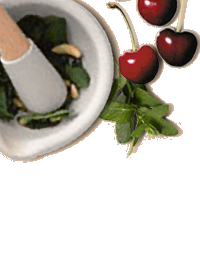
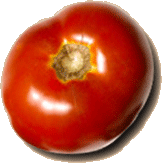
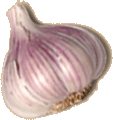

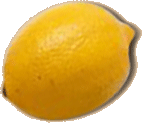
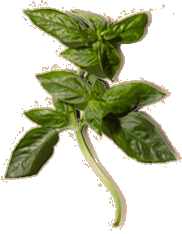
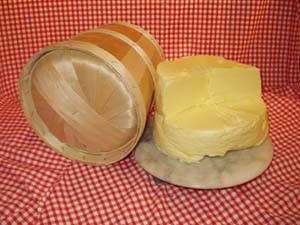

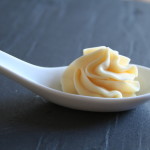
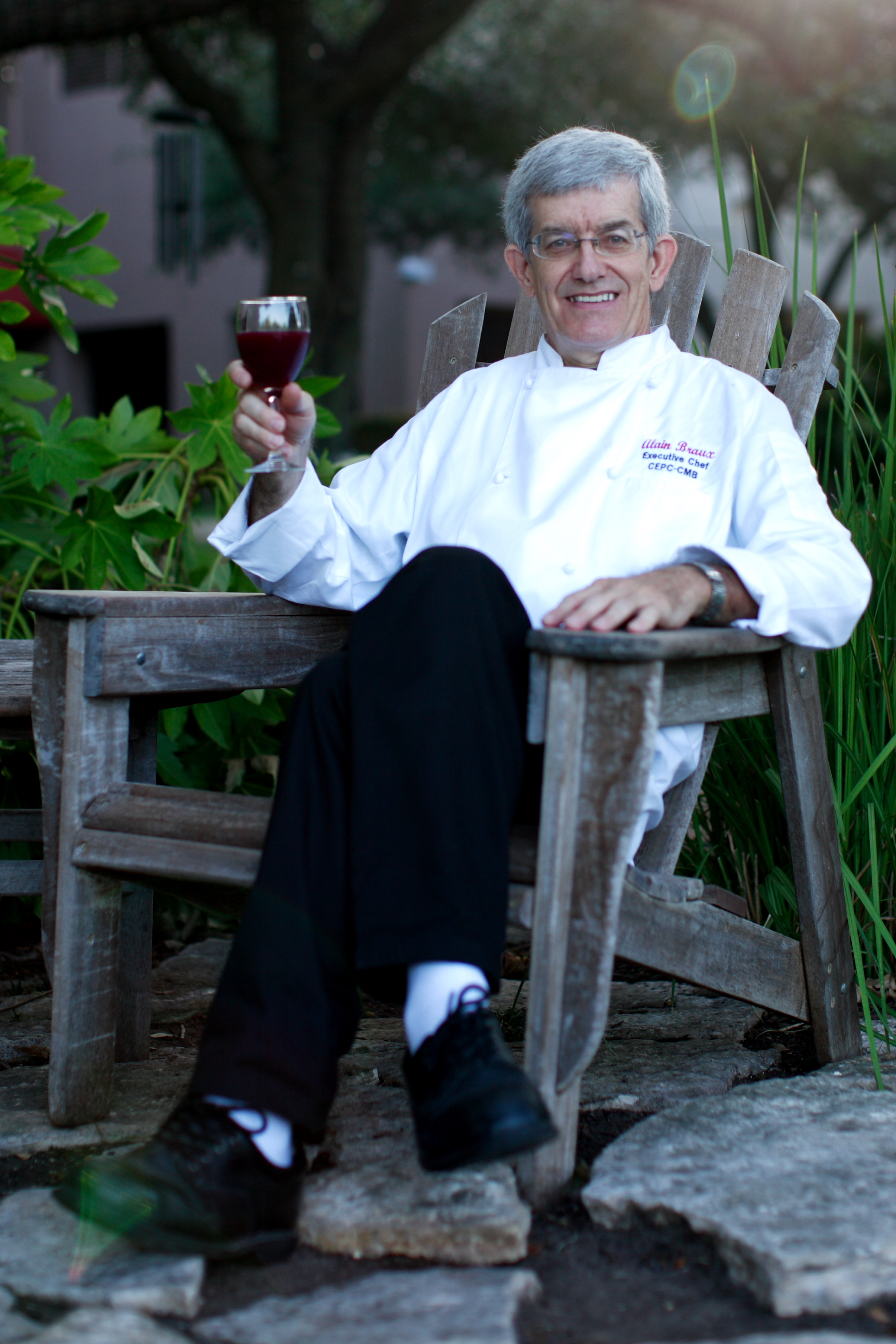
leave a comment